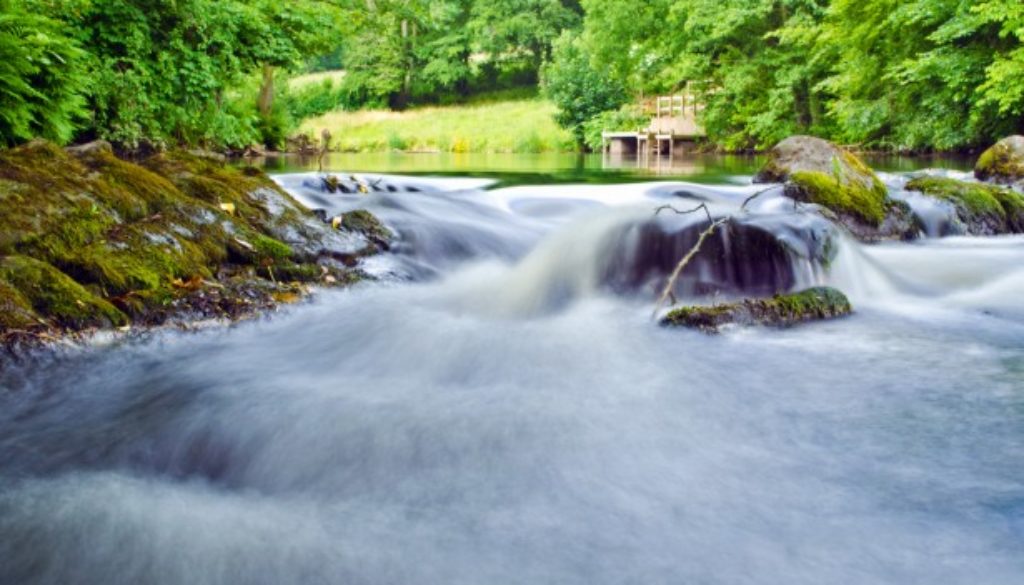The Dirty 31: Is Your State Arguing Against Clean Water?
By Janette Brimmer, Earthjustice
“The Dirty 31” is what we’re calling the 31 states that recently joined the usual suspects—big polluting industries, corporate agribusinesses and mega-developers—in attacking the EPA’s Clean Water Rule in federal court.
These states aggressively argue that they should be allowed to foster pollution and the destruction of waters within their borders, outside the protections of the Clean Water Act. Is your state among them?

These 31 states are out of step with science and the status of this nation’s waterways and out of touch with what people care about, catering instead to industry pressures. Residents of this country have said consistently, over the course of decades, that clean water is a top priority.
Americans care about the horrible drinking water contamination in Flint, Michigan; the slime-clogged waterways of Florida; the algae-contamination on the shores of Lake Erie in Ohio; and the disappearing desert washes that are critical to wildlife in Arizona and New Mexico. We’re concerned about the oxygen-deprived dead zone in the Gulf of Mexico, which is inundated by fertilizer and manure runoff from the Mississippi River Basin. We care about keeping contaminants out of our waterways so we can drink, fish, swim and boat in that water and the waters downstream.
The Clean Water Act is one of the best ideas to come from Congress, and it benefits every person in this country. The EPA and the U.S. Army Corps of Engineers both play a role in making sure the Clean Water Act delivers on its promise. That includes making sure all waters are protected and that actions taken in one place don’t hurt water supplies in another place downstream.
In 2015, the two agencies wrote a rule, called the Clean Water Rule, to clarify which waters fall under the protection of the Clean Water Act. Though the new rule isn’t perfect, big polluting industries would still love to dismantle it, weakening clean water protections and making the Clean Water Act look like Swiss cheese. Those industries include the coal and hard rock mining industries; corporate agricultural interests, such as big industrial feedlots; and developers promoting urban sprawl.
Earthjustice is involved in litigation pushing back—hard—against these polluters and fighting to strengthen the protections of the Clean Water Act.
We hereby call out the Dirty 31. These states cloak their real aims in quasi-legal arguments about “states’ rights” and “constitutional commerce clause limitations” or “sovereign land use authority,” but let’s drill down to precisely what they want and what those phrases are trying to accomplish. Those 31 states, through their attorneys general or governors, want the right to pollute and degrade their waters—to remove the protections of the Clean Water Act from as many waterways in their states as they can. There is simply no other explanation.
That’s because the Clean Water Act already gives states a role: It gives states the ability and obligation to develop water quality standards that protect all uses of water—including drinking, swimming, boating, fishing, wildlife and commerce—and to enforce permit requirements for companies that could pollute their waters. In fact, the Clean Water Act allows and even encourages states to be more protective than the Clean Water Act and the EPA’s minimum requirements.
So the only reason for these 31 states to attack the EPA and the Army Corps of Engineers over the new Clean Water Rule is so that they can be dirtier. They want to allow more pollution and degradation, letting our water quality fall below the minimum standards of the Clean Water Act.
Bottom line: These 31 states’ attorneys general and governors have gone to court for dirty water. Tell your elected officials that clean water is a top priority and that you don’t want your state to be part of the Dirty 31.

